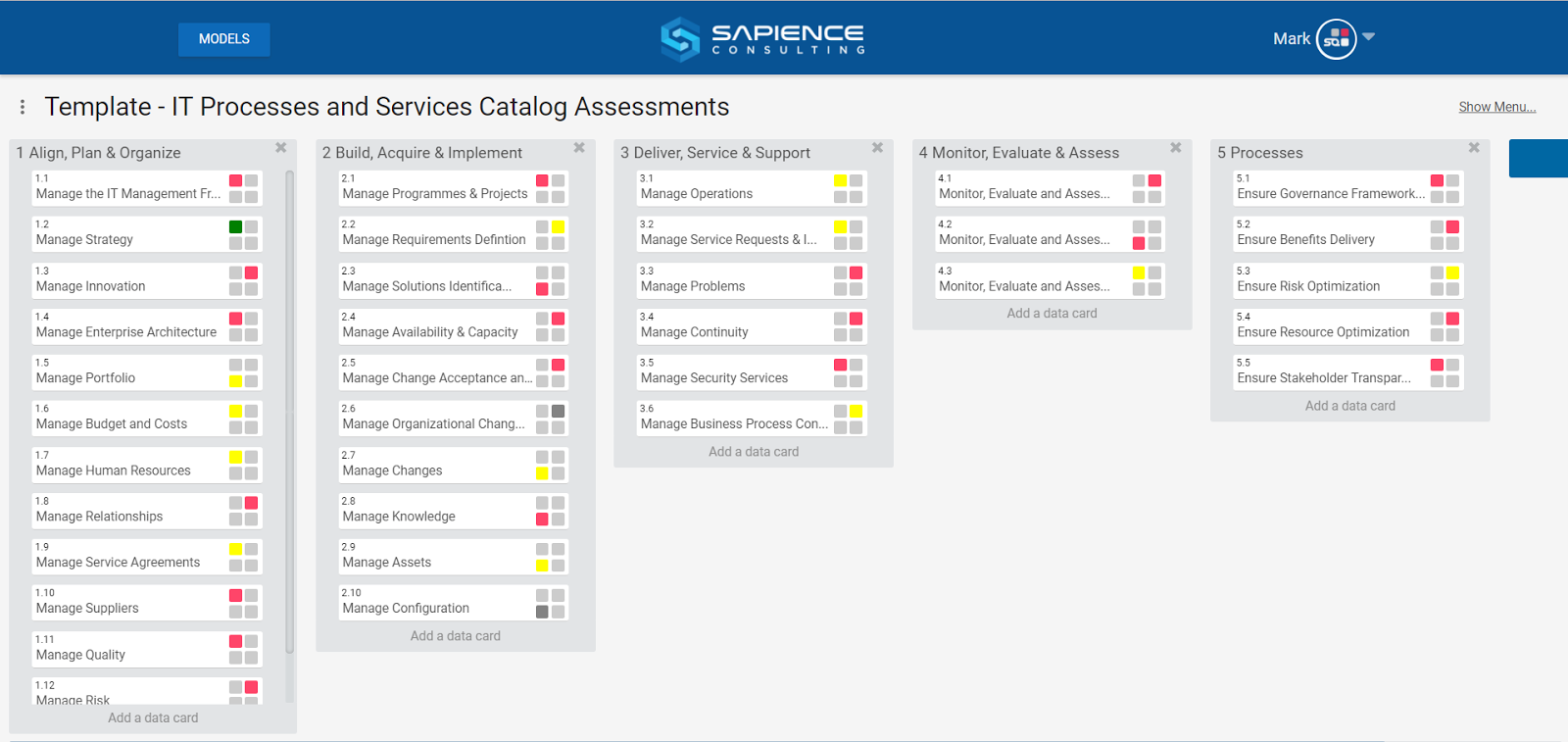Business process is a set of steps that help you achieve certain goals - whether it’s hiring proper specialists, delivering resources, setting up distribution channels or something else. If they aren’t set properly, then you might have serious problems - wasting time, money and losing quality.
Whether you’ve just entered an organization or work there for ages and feel a need of improvement, these 5 simple steps will help you understand how to analyze a business process.
Business process is not something abstract, but specific actions you and your teams take on a daily basis. Sometimes you’re so used to them that you even don’t note what is wrong or might work better.
For business process analysis, ask yourself simple questions: what processes do you have inside your organization? What goals are you aimed to achieve with them? What set of actions do they include? What are the most resource consuming activities? What problems and blockers do you usually have?
This first step can help you reflect on what you have in your organization and understand how to analyze a business process better.
After you have understood the current state of things, reach out to people you’re working with. They execute business processes on a daily basis, so they will help you do your business process analysis.
I bet they even told you about some improvements. Your HR manager might noted that hiring process is too long and complex that you lose good candidates. Maybe, your delivery service is inefficient, you need more support representatives to reply to customer requests in a timely fashion or your decision-making process is bureaucratic and you need to optimize it.
Also, ask your customers about their pain points. Collect as many ideas as possible.
With feedback from your coworkers and customers, you can do amazing things! However, how to analyze a business process if all information is in your memory only?
Document your processes. For this reason, use a business process modeling. Categorize all process you have and describe actions within each process in detail. Add comments, ideas, assign priorities to spot areas of improvements.
This is a simple example of how people do a business process modeling with Strategic Quadrant software. This tool also allows to assess processes and see them on 4-quadrant matrices - to understand a big picture and potential threads.

IT Processes and Services Catalog Assessments Template
After you have gotten a clear picture, implement changes. However, this is not a one-time action: you should analyze and improve your processes all time. Once you made a change, take some time to analyze it outcomes, and see whether it was really useful. Continuous analysis is your key to success.
If you want to take the most of your business, work efficiently and meet your clients’ expectations, a business process analysis is a must. This simple 5-step guide will help you understand how to analyze business processes better. Feel free to follow it and share your feedback with me in a comment section.